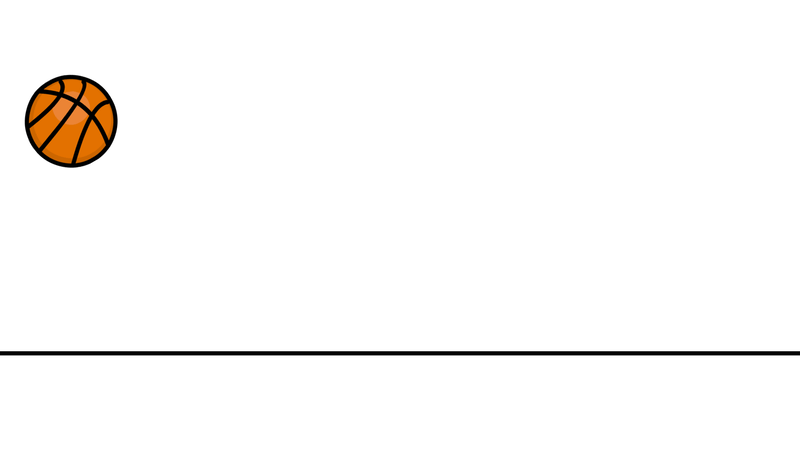 |
|---|
DRIBBLE THE BALL WITH D !
EMERGENT LITERACY
Rationale: This lesson will help children identify /d/, the phoneme represented by D. Students will learn to recognize /d/ in spoken words by learning a meaningful representation/picture (dribbling the ball) and the letter symbol D, practice finding /d/ in words, and apply phoneme awareness with /d/ in phonetic cue reading by distinguishing rhyming words from beginning letters.
Materials: Primary paper and pencil; chart with "Dancing dinosaur dribbles the ball down the red court"; drawing paper and crayons; Dr. Seuss's ABC; flash cards with DOG, DAY, FEET, PARK, DUCK, and DOVE; assessment worksheet identifying pictures with /d/ (URL below).
Procedures:
-
Say: Our written language is a secret code. The tricky part is learning what letters stand for—the mouth moves we make as we say words. Today we're going to work on spotting the mouth move /d/. We spell /d/ with letter D. D looks like a basketball, and /d/ sounds like a basketball hitting the ground.
-
Let's pretend to dribble a ball /d/, /d/, /d/. [Dramatize dribbling a ball] Notice where your teeth are? (Touching each other). When we say /d/, we have our teeth touching each other and have our tongue touch the back of our teeth while breathing out.
-
Let me show you how to find /d/ in the word bird . I'm going to raise my hand slowly as if I had a basketball in my hand and act like I am going to bounce it when I hear the /d/ sound. Bbbb-i-i-rrr-dddd. Slower: Bbbbb-i-i-i-r-r-r-dddd There it was! I felt my teeth touch each other and my tongue touch the back of them.
-
Let's try a tongue twister [on chart]. "David’s daddy’s dog didn’t dig dirt in the dark." Everybody say it three times together. Now say it again, and this time, stretch the /d/ at the beginning of the words. "Ddddaviddd’s dddadddy’s dddog dddidddn’t ddddig dddirt in the ddddark." Try it again, and this time break it off the word: "/d/ avi /d/’s /d/ a /d/d/y’s /d/og /d/ i /d/n’t /d/ig /d/irt in the /d/ark. "
-
[Have students take out primary paper and pencil]. We use letter D to spell /d/. Capital D looks like a basketball. Start at the roof, go straight down, pick up, and go around. Lowercase d: First little c, then little d.
-
Call on students to answer and tell how they knew: Do you hear /d/ in light or dark ? up or down? doll or toy? lift or drop? drill or nail? Say: Let's see if you can spot the mouth move /d/ in some words. Dribble the ball of you hear /d/: date, den, pet, dig, dish, flower, bad, bed, small, mild.
-
Say: "Let's look at an alphabet book. Dr. Seuss tells us about a man who dreams about a bunch of doughnuts." Read page 12, drawing out /d/. Ask children if they can think of other words with /d/. Ask them to think of things you dream of when you are asleep. Then have each student write their dreams and draw a picture of what that is. Display their work in the classroom.
-
Show DOG and model how to decide if it is fog or dog: The D tells me to dribble the basketball, /d/, so this word is ddd-og, dog. You try some: DATE: date or late? DEN: pen or den? DIG: fig or dig? DISH: dish or fish? DOT: pot or dot?
-
For assessment, distribute the worksheet. Students are to complete the partial spellings and color the pictures that begin with D. Call students individually to read the phonetic cue words from step #8.
Reference: http://wp.auburn.edu/rdggenie/home/materials/ticklers/
Assessment worksheet: https://www.kidzone.ws/kindergarten/d-begins2.htm
Click here to return to the ingenuities index